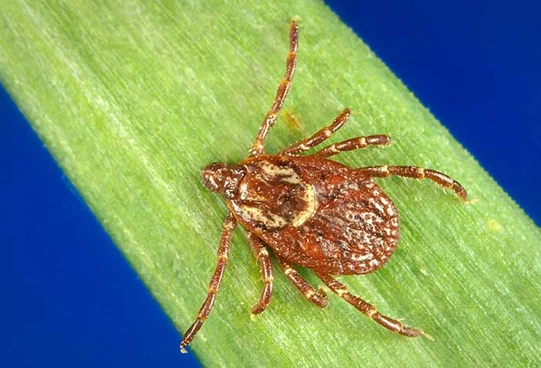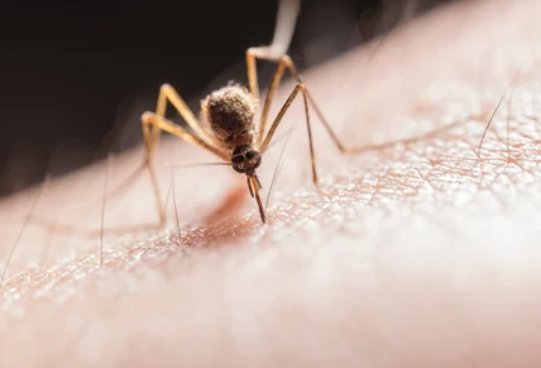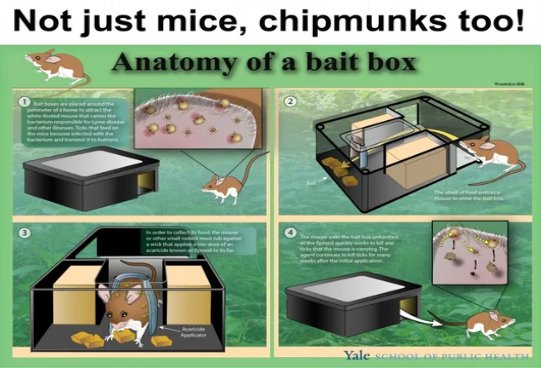Mosquitoes & Ticks

Conventional Treatment
A broadcast treatment of your yard using a combination of an adulticide to eliminate hatched mosquitoes and ticks combined with an insect growth regulator (IGR) to suppress the development process of mosquitoes.
Natural Treatment
A broadcast treatment of your yard using a botanical oil insecticide containing Rosemary Oil, Geraniol & Peppermint Oil as active ingredients. This treatment will kill some mosquitoes and ticks during application but is more relied upon as a repellent.


Tickbox Control System
Did you know that young stages of ticks mainly feed on mice and chipmunks? This is the most common way for Black Legged Ticks (Deer Ticks) to become infected with Lyme or other diseases.
This 2 stage program includes a Springtime installation of non-toxic rodent bait stations every 30 feet around the perimeter of your property. As mice and chipmunks enter the station to feed on the non-toxic bait, they are coated with a product called Fipronil (Also an ingredient in Frontline).
This kills the young larval and nymphal stages of ticks and is a great alternative or supplement to broadcast spray treatments. A replacement of these devices are made about 75-90 days later and are removed in November.
Is spraying dangerous?
Precision Pest Control adheres to all state and local government guidelines for treatments. Each application site is mapped out with highlighted “sensitive areas” such as wells, veggie gardens, fruit trees, berry bushes, bodies of water and other areas to be avoided during treatment.
Each treatment begins by reviewing these maps, taking weather readings, walking the property to remove toys and sensitive items and giving you time to let your dogs out if necessary. During treatment, wind speed and direction are constantly being monitored and taken into consideration in order to focus on and avoid any non-target pesticide application to areas such as neighboring properties, flowering plants (to protect pollinators) and sensitive areas.
In addition to taking constant precautions with the methods, the products chosen for application are all found by the EPA to be safe-to-touch once dry and are even labeled for indoor use, including in food handling areas.
